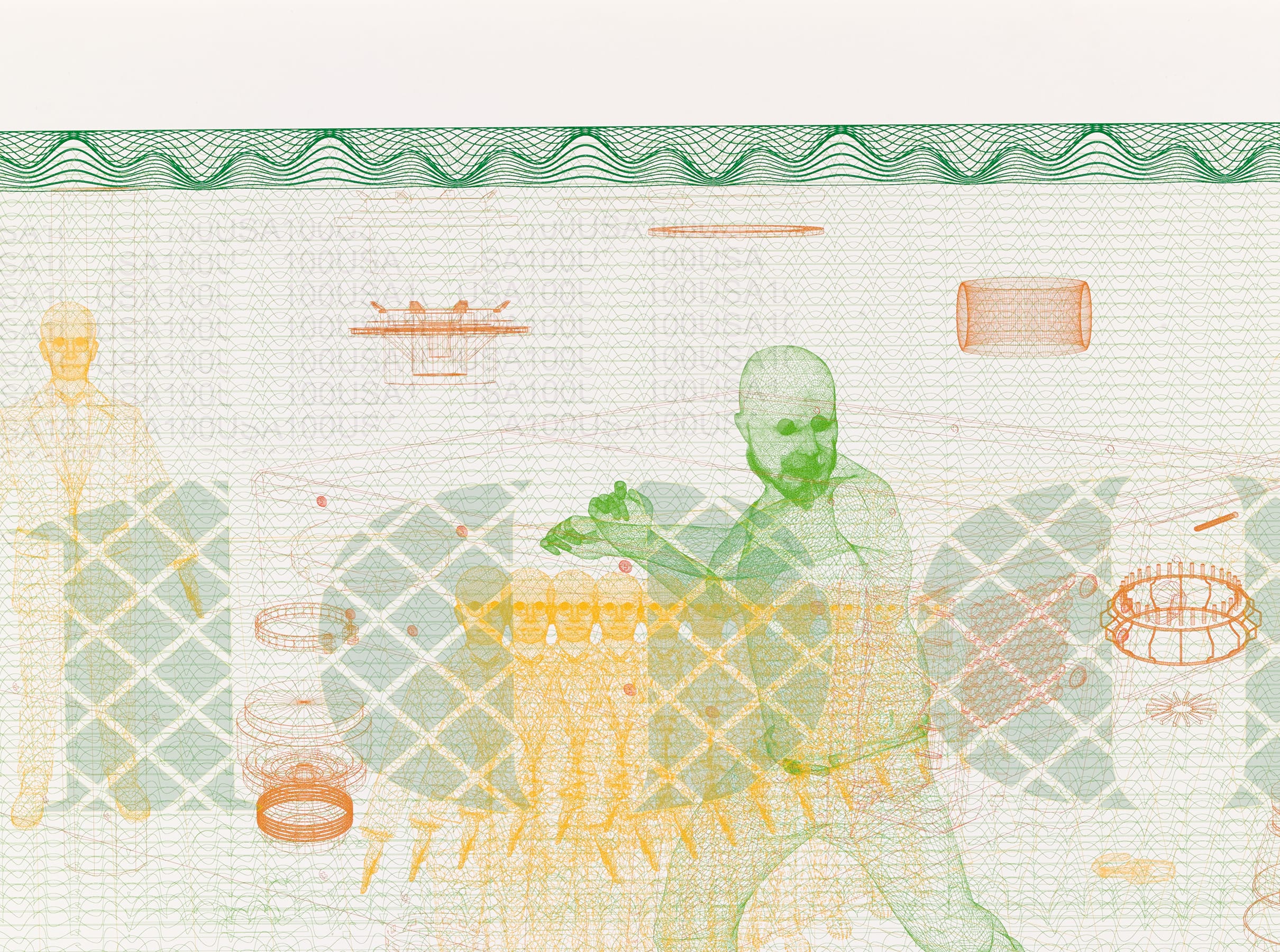
Works by Miguel Ángel Campano loaned to Museo Reina Sofía for retrospective of his work return home
The exhibition D’après![]() , which closed on 1 June 2020, featured over a hundred works by Miguel Ángel Campano (b. Madrid, 1948 – d. Cercedilla, Madrid, 2018) dating from between 1972 and 2018. It outlined the elements that remained constant throughout his work and the ups and downs, twists and turns of his career. He died in 2018, so this was the last exhibition in which he was able to take part directly.
, which closed on 1 June 2020, featured over a hundred works by Miguel Ángel Campano (b. Madrid, 1948 – d. Cercedilla, Madrid, 2018) dating from between 1972 and 2018. It outlined the elements that remained constant throughout his work and the ups and downs, twists and turns of his career. He died in 2018, so this was the last exhibition in which he was able to take part directly.
The exhibition included several paintings from the Banco de España Collection, 80% of which can be classed as contemporary art. A group of multi-faceted artists who rethought the concept of painting in the 1980s and 1990s, probing its very nature and often redefining its limits, form a particularly strong, key line of the Collection: Campano was one of them. He trained as an architect before starting his career as a pictorial artist in the 1970s.
Roberto Díaz writes that his work cannot be pigeon-holed as belonging to any predefined style, but is based rather on exploring the tension between abstract and figurative art, between tradition and modernity. On that basis, he created his own style of expression (though he himself described it as a "non style") which earned him a prominent place in the history of late 20th century Spanish art.

Miguel Ángel Campano: Shipwreck (1984)
The Banco de España Collection includes more than ten works by Campano, dating from various periods of his career. They range from the relatively early Blue Collage and Auburn Collage, both dating from 1979, to works from the 1990s such as Untitled (1993) and St Martin Mosaic (1998). At that time he was refining his style in terms of both form and use of colour.
The Collection also includes several of his works from the 1980s, in which he set out to measure his own ideas on renewing pictorial art against the past by reinterpreting the great masters in classic genres such as still-lifes and landscapes. Works from this period include The Musician and The Model V (1983) and The Grappa XI (1986), based on the works of major 17th century French classical painter Nicolas Poussin, and the triptych The Shipwreck (1984), in which he revisits the dramatic style of Romantic artists such as Théodore Gericault and Eugène Delacroix and shows great skill in his use of colour and economy of expression.
These last two are among the works loaned out by the Banco de España Collection to the Museo Nacional Centro de Arte Reina Sofía![]() for D’après. This exhibition reveals how his critical reinterpretation of the art of the past and of the way in which pictures are painted led him to produce a unique body of work and turned him into a benchmark figure in contemporary creative art in Spain.
for D’après. This exhibition reveals how his critical reinterpretation of the art of the past and of the way in which pictures are painted led him to produce a unique body of work and turned him into a benchmark figure in contemporary creative art in Spain.
